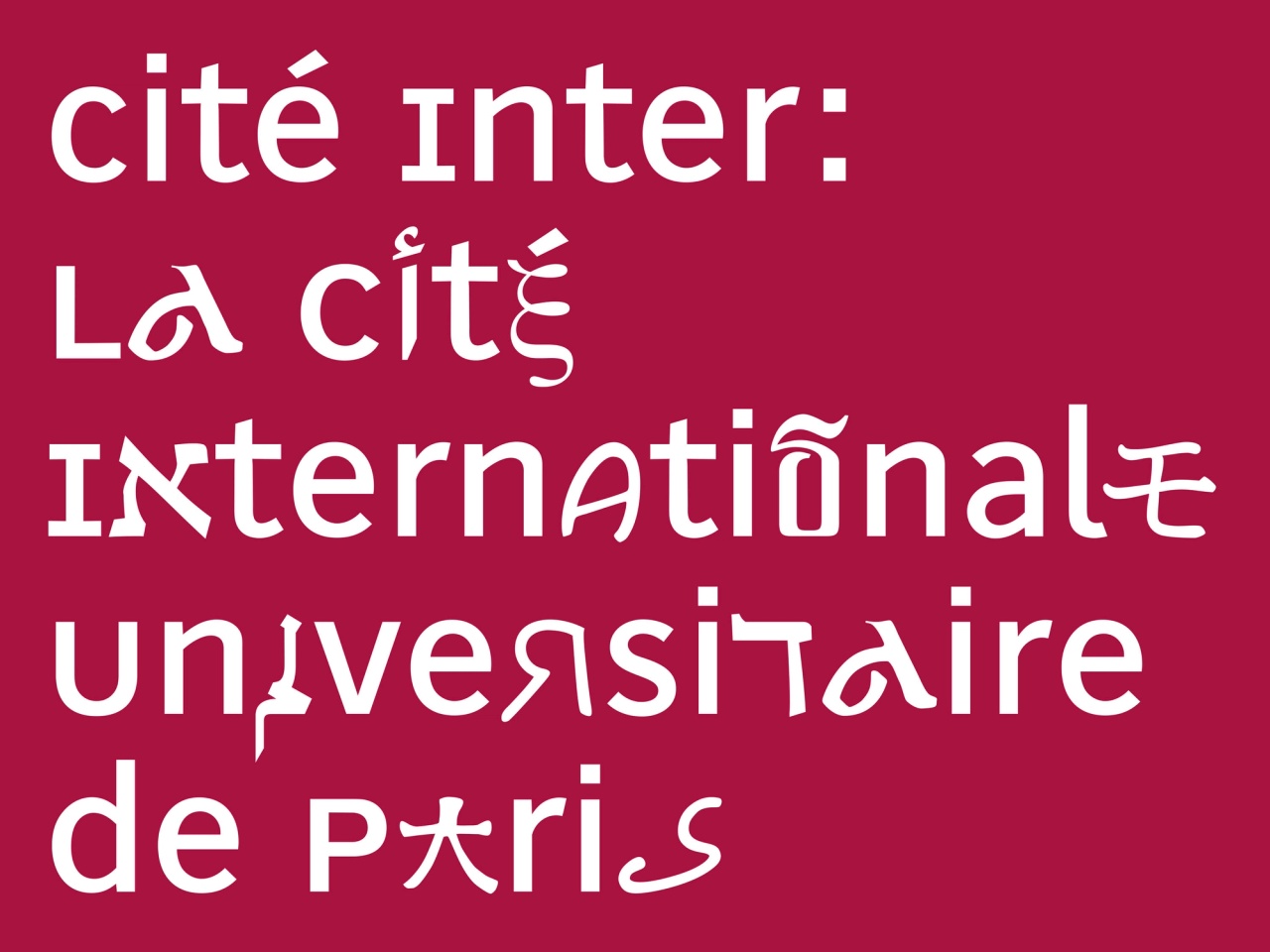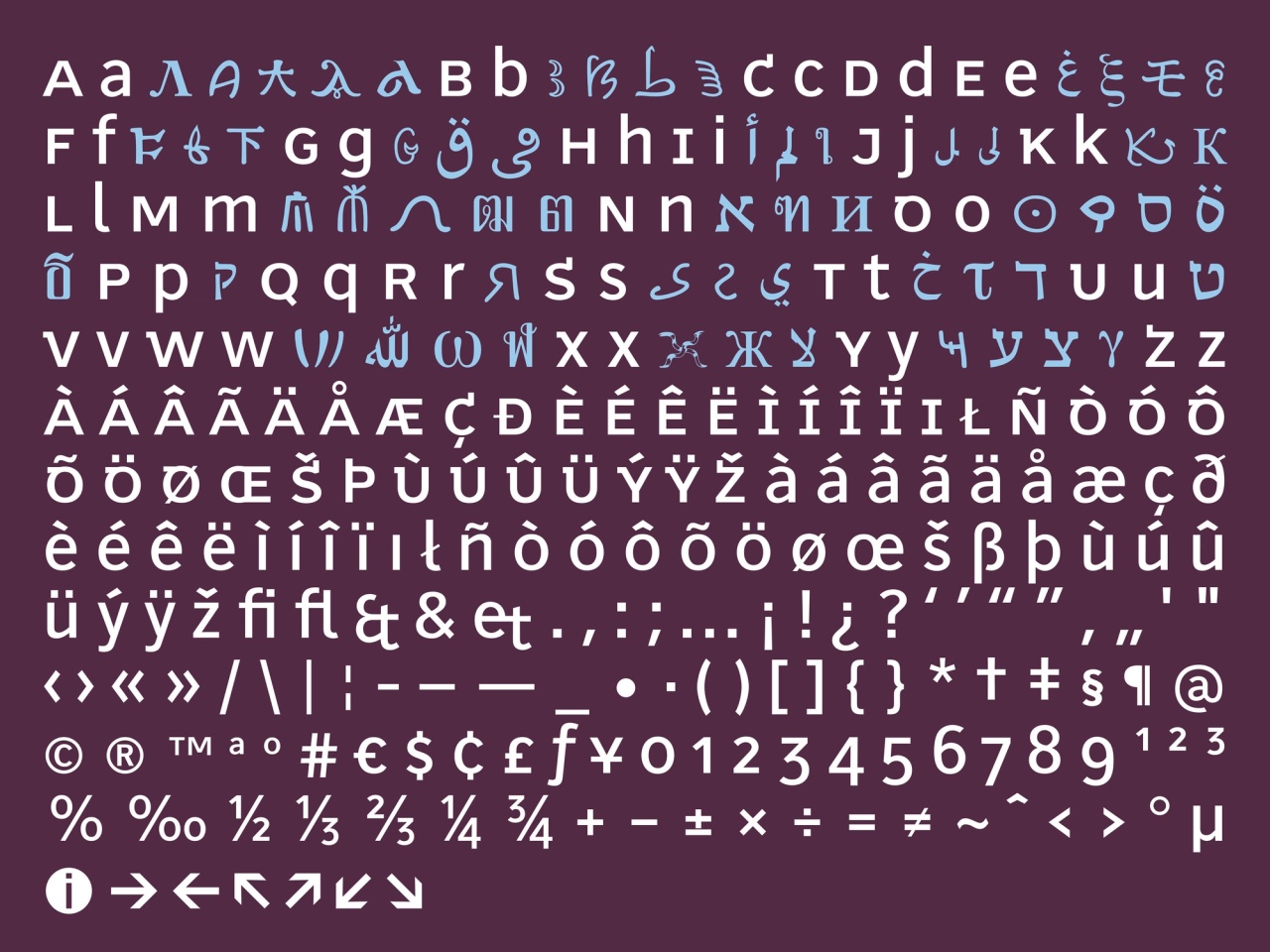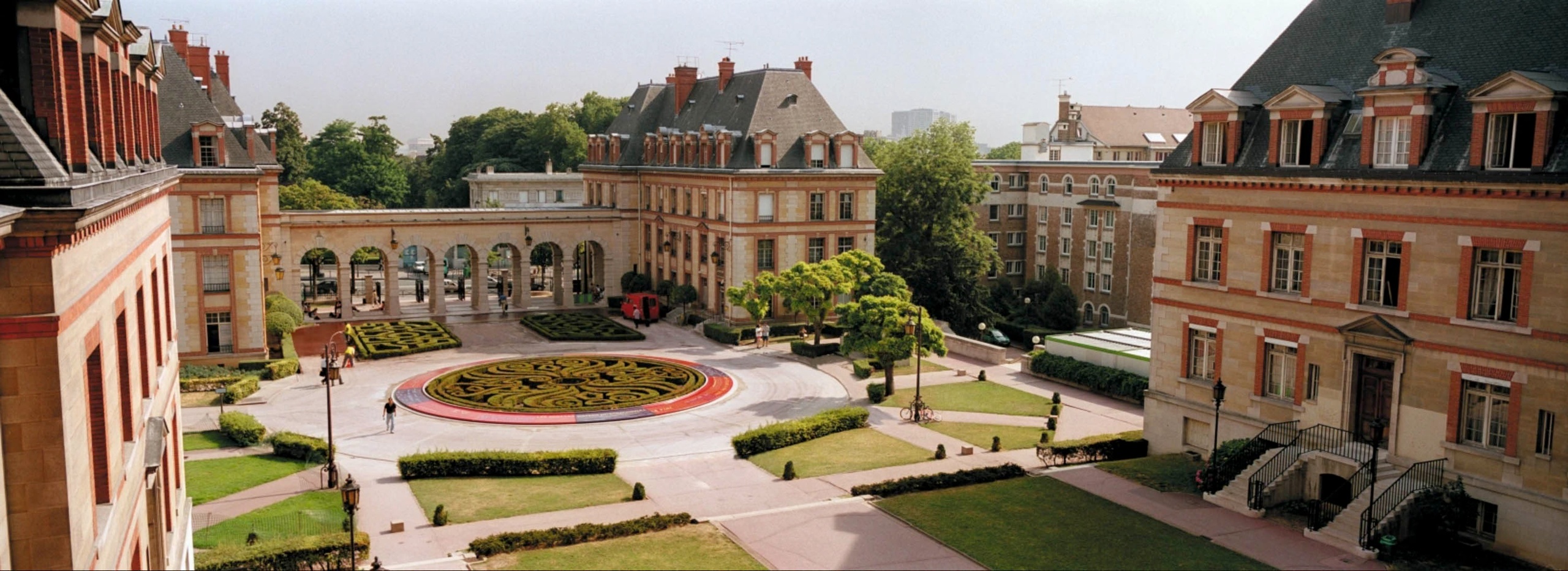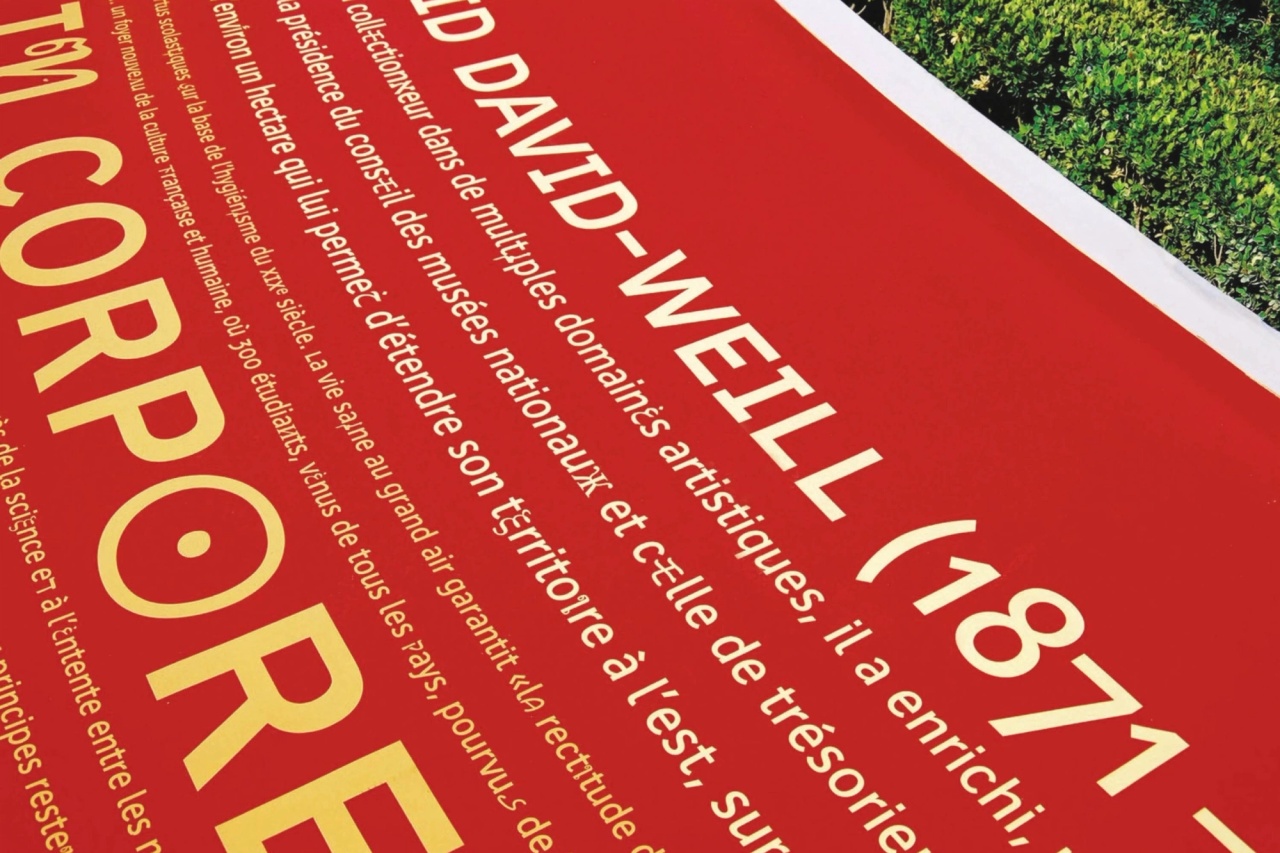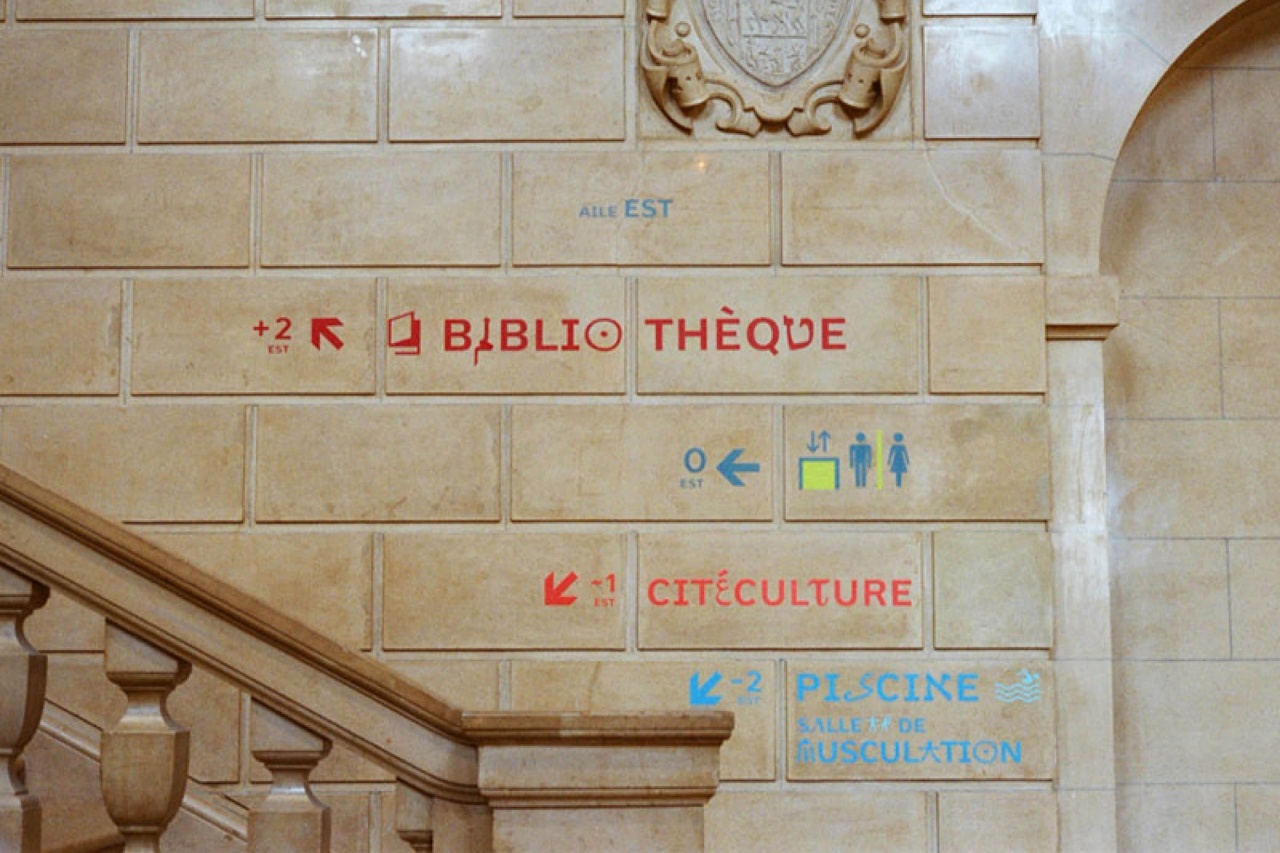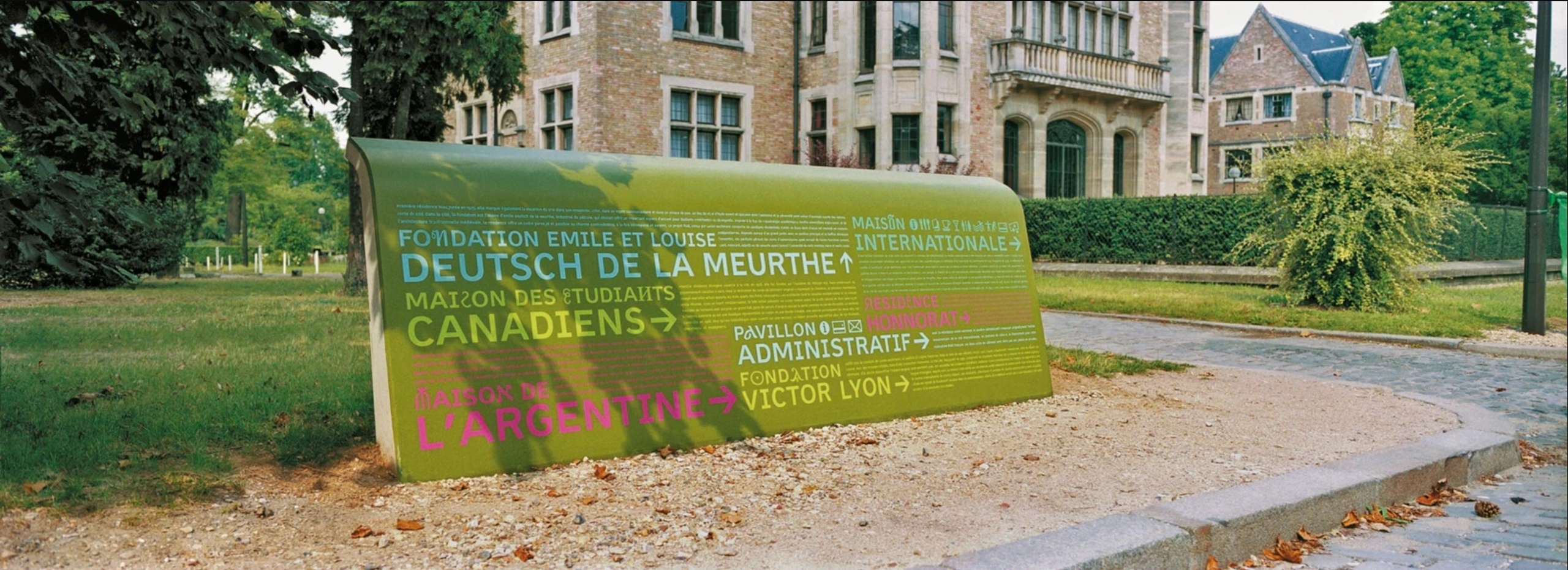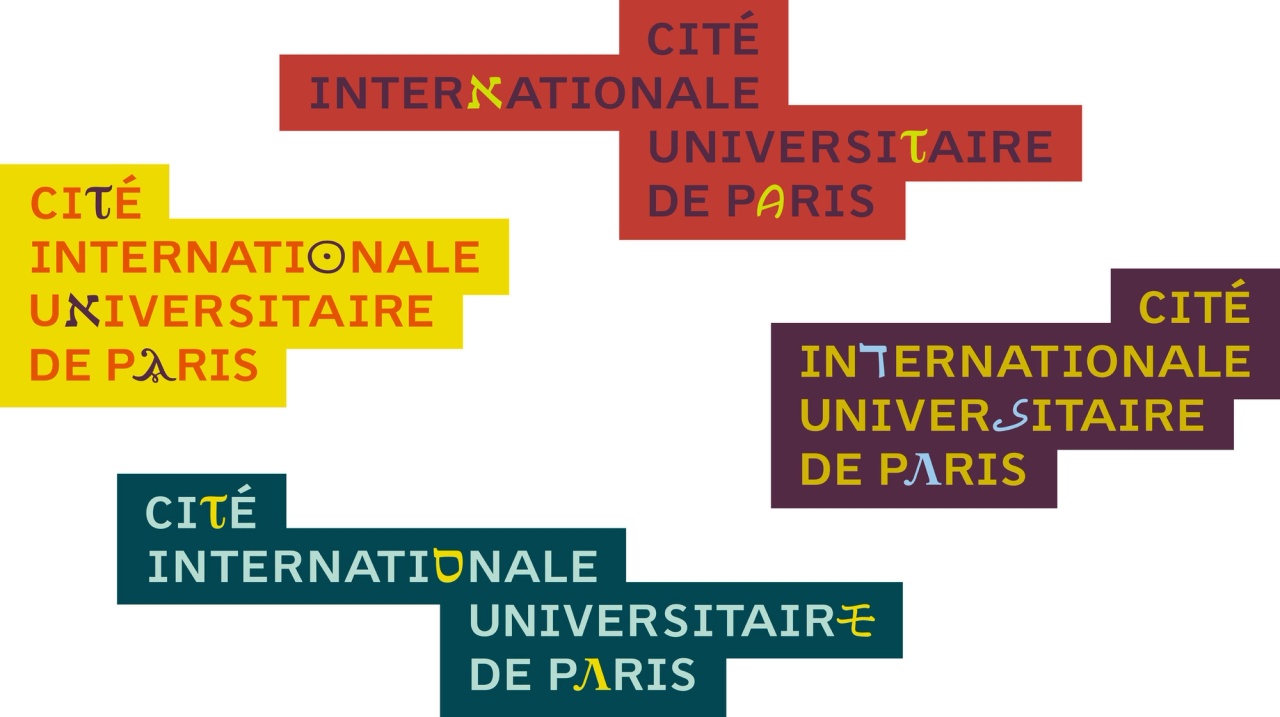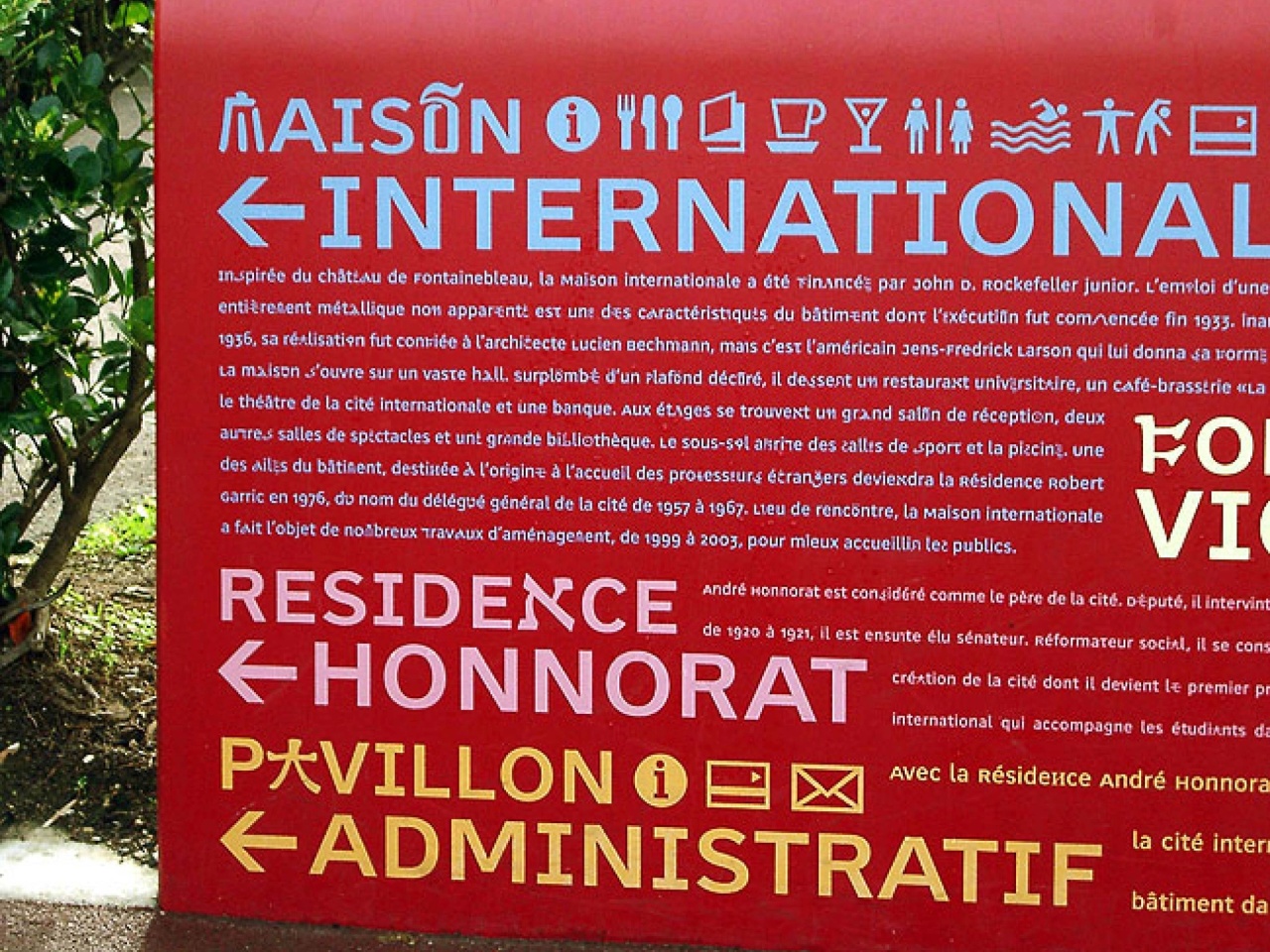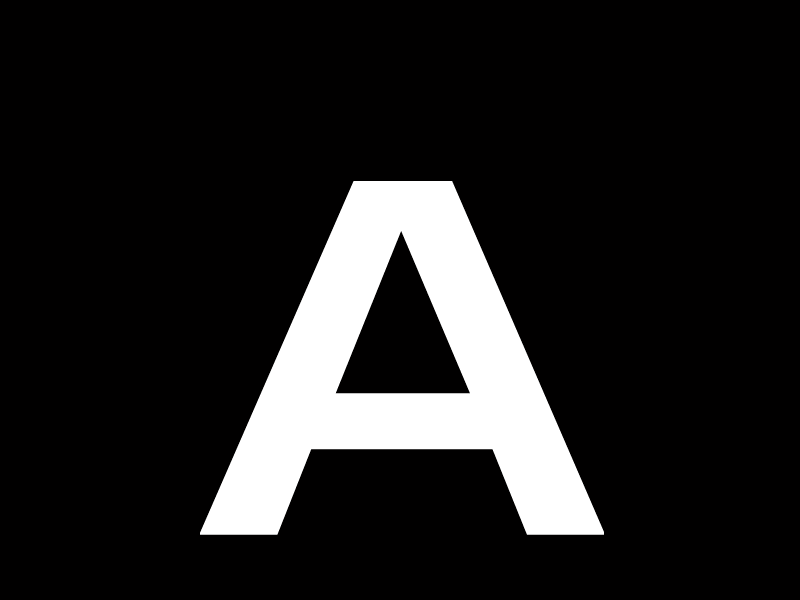about Cité Internationale Universitaire de Paris
In 2002, André Baldinger worked on a custom typeface adapted to the new visual identity and the signage system designed by Intégral Ruedi Baur Paris for the Cité Internationale Universitaire de Paris, which opened in 2004.
The Cité Internationale was created in the aftermath of the First World War, with the aim of fading borders and allowing students, researchers and artists from all over the world to share their differences in an ideal of peace. This 34-hectare site, with its cultural and sports facilities, is open to the public. It is a place of cultural and architectural diversity that brings together 5,000 residents of more than 130 nationalities in some 40 buildings emblematic of 20th-century architecture. The nature of these buildings is eclectic, with works by Le Corbusier, Dubok and Claude Parent.
Integral Ruedi Baur Paris studio designed this new visual identity and signage with a dual objective: to enhance the value of this architectural and urban heritage and to make the Cité Internationale more accessible to all by orienting and informing students and visitors in this complex and vast site, where buildings alternate with green spaces.
